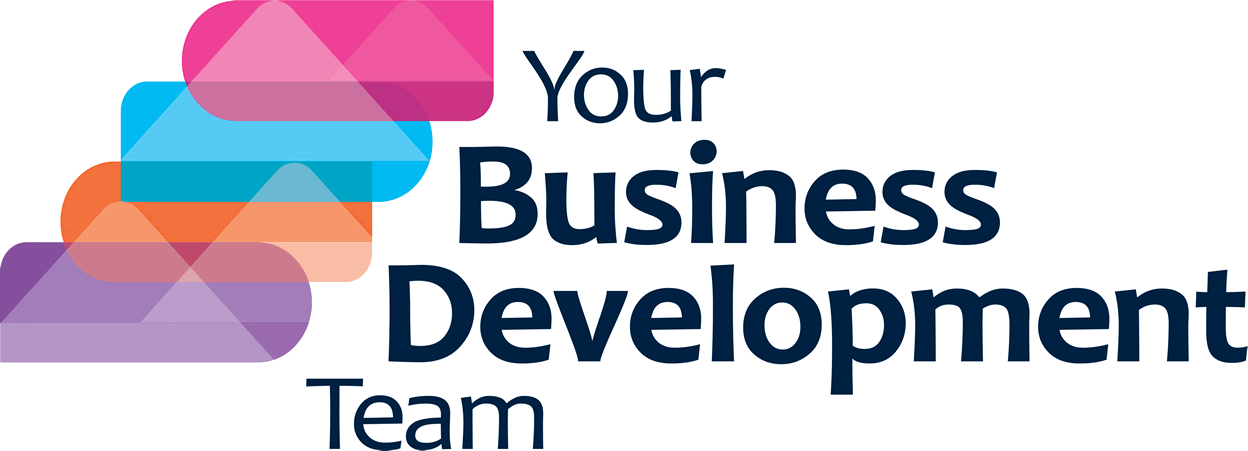Successful lead generation and nurturing takes time. We looked in a recent blog at the planning which is needed to build a sustainable strategy for growth. That growth is not something that can be achieved overnight, so it’s important to set realistic expectations and be patient. There are many different tactics you can use to generate leads, the most important part of any strategy is discovering the most suitable ones for your business, and the markets you operate in.
A lead generation strategy will identify potential customers who are interested in your products or services and reaching out to them to start a process of understanding and engagement. By building relationships with them, providing information, answering their questions, and addressing their concerns you will be in an ideal position to act when they are ready to buy. Nurturing leads takes time because you need to establish trust and credibility with potential clients before they are willing to make a purchase. It’s important to provide them with relevant information and solutions that address their specific needs and pain points. This process can take weeks, months, or even longer depending on the complexity of your product or service.
My favourite lead nurturing statistic is Wanda Allan’s ‘80% of sales are made between the 5th and 12th contact yet, 90% of sales people make 3 contacts or less’. This stat says more about the reality of time poor salespeople than about their willingness or ability to follow up leads.
This is where YBDT’s sales enablement service comes into its own. Using our extensive experience of lead generation and sales we have put together a three-step process aimed at improving your sales success.
- Gap analysis – Our unique gap analysis system identifies bottle necks and other blocks in your sales process.
- Tailored sales process – We help you create a winning sales process that is based on your operation and becomes the blueprint to your sales success
- Bespoke sales training – With these steps in place we can deliver training and mentoring individually designed to support your team as they adopt the new process.
With time always at a premium for your sales team, lead nurturing service may be the solution to making sure the follow ups are maintained consistently for as long as required, rather than risking the effort of acquiring the lead being lost as priorities within the business shift. The beauty of what we offer is that we can help you with both, providing a full sales support service, from lead generation through nurturing to improving your internal sales mechanism.
Successful lead generation and nurturing requires a long-term commitment to building relationships with potential customers. It takes time to establish trust and credibility, but the rewards are worth it in the form of loyal customers who are more likely to make repeat purchases and refer others to your business. YBDT has built a successful business over the last 8 years by applying the principles of sustainable relationship building to ourselves. And we can help you achieve the same long-term success. Get in touch to book a discovery call that is the first step to your business growth in 2023.










